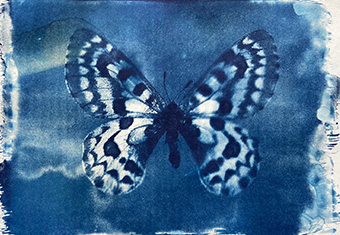

Abstract
Researchers have sounded the alarm for the potential existence of large-scale insect declines across the planet. Declines in insect populations are of critical conservation importance since insects are a fundamental component of food webs and perform invaluable ecosystem services such as pollination. Unfortunately, due to challenges in monitoring insects at broad spatiotemporal scales, identification of insect declines and associated key environmental drivers (climate change, habitat loss, pesticide use, etc.) has proved elusive. Thus, rapid synthesis of insect population-level trends using cutting-edge machine learning (e.g., computer vision) and modeling techniques is essential to extract trends from our best records of insect occurrence information – natural history museum and community science platforms. Using butterflies as a model system, my postdoctoral research will leverage “big data” from museums and community science platforms to identify causal drivers of butterfly biodiversity change in the American Southwest (a region of notably high butterfly biodiversity). In partnership with two conservation mentors (Dr. Pedro Cardoso and the Xerces Society) who work across scales of conservation assessment and listing, my advanced modeling pipelines will impact both global and regional conservation listing and local, land- management education and training.
Lab website: https://vmshirey.github.io/shireyLab/index.html
